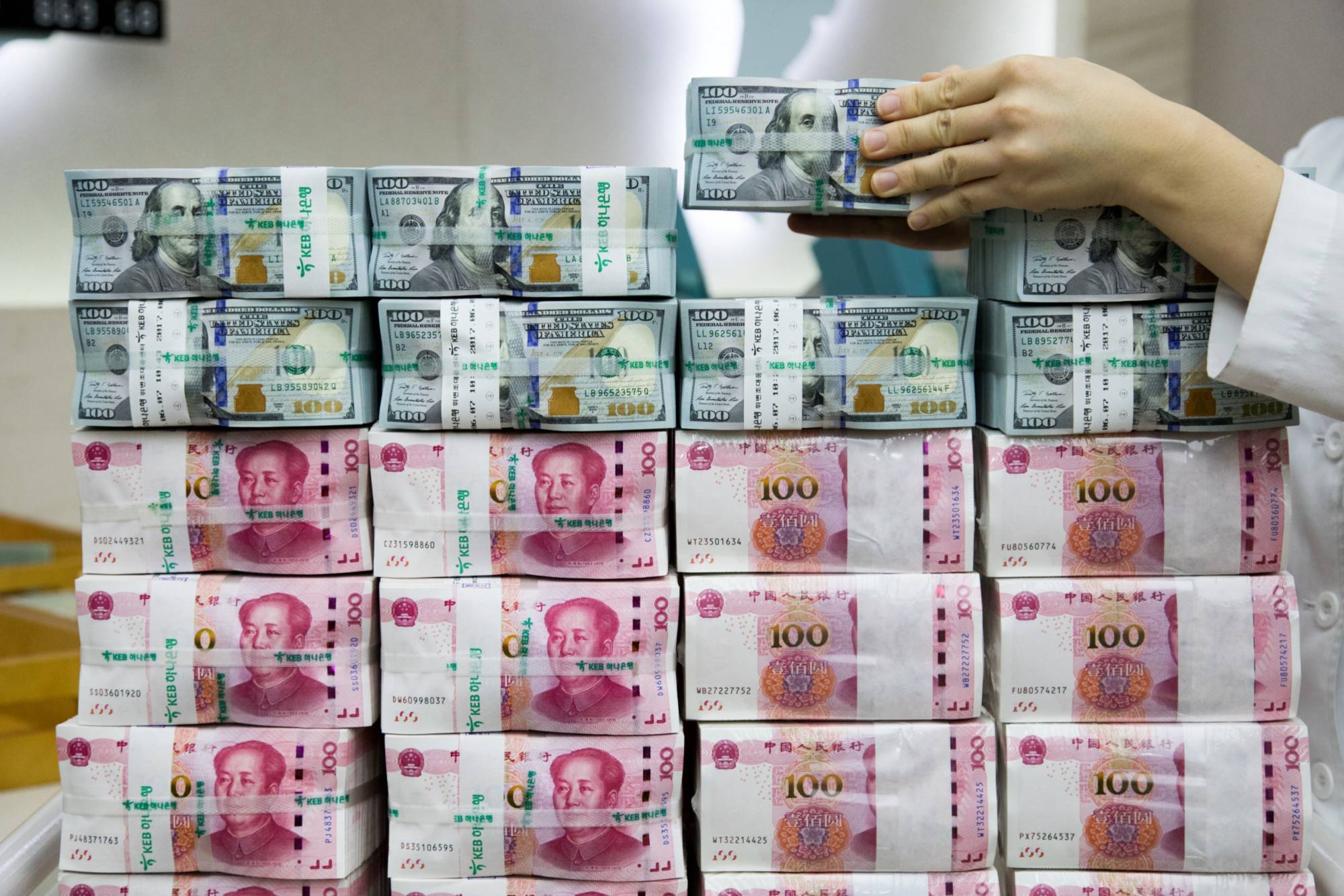The most formidable element of U.S. national power isn’t its military. The trillions spent on the mighty American military machine pale beside the influence created by the dominance of the dollar in the international economy.
The central role of the U.S in global business exempted it from many of the normal rules while extending leverage over countries that use its currency or seek to do business with it. That role is being challenged but it is unlikely to be replaced — unless, as in most such matters, the U.S. undermines the currency itself.
The dollar’s “exorbitant privilege,” in the characterization of former French Prime Minister Valery Giscard d’Estaing, creates constant complaint. Marcus Noland, executive vice president of the Peterson Institute for International Economics, detailed Asian governments’ unhappiness with this arrangement and their efforts to seek “greater autonomy within the existing monetary system” in a paper published late last year for the East-West Center.

















With your current subscription plan you can comment on stories. However, before writing your first comment, please create a display name in the Profile section of your subscriber account page.